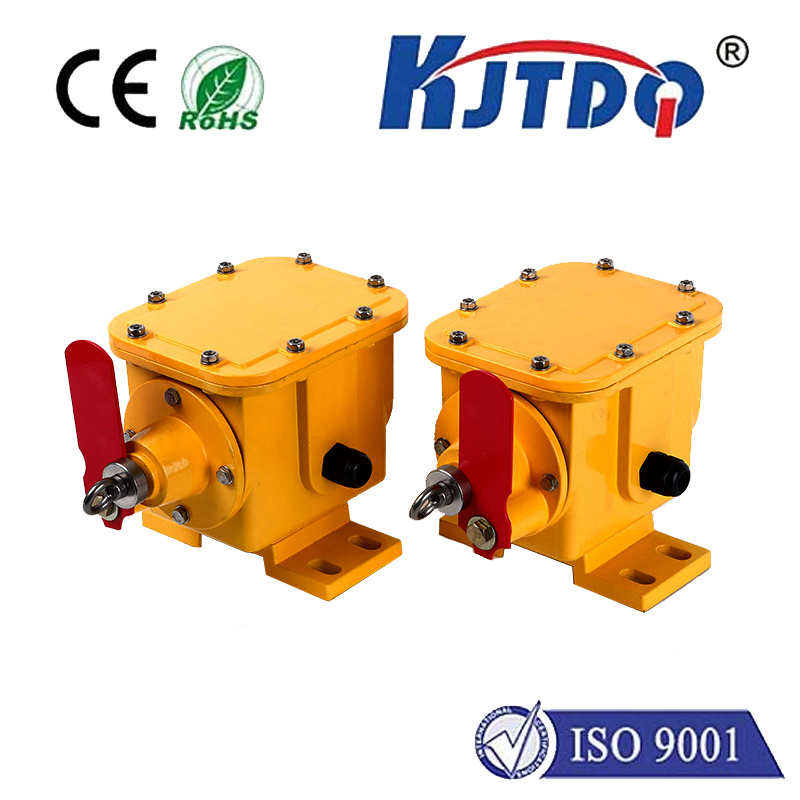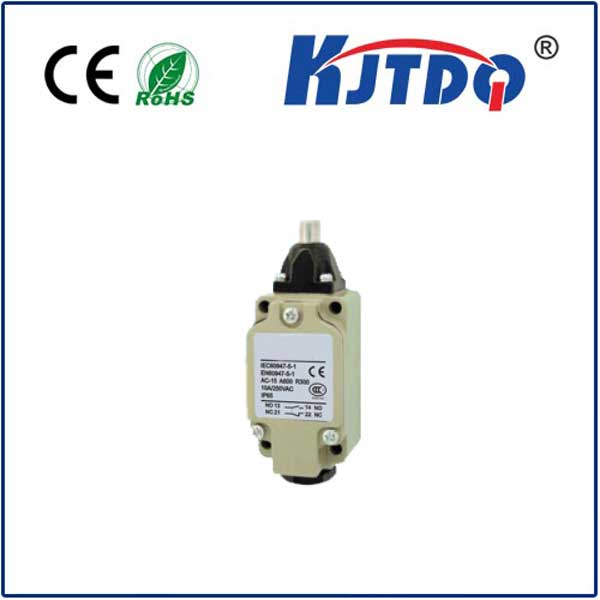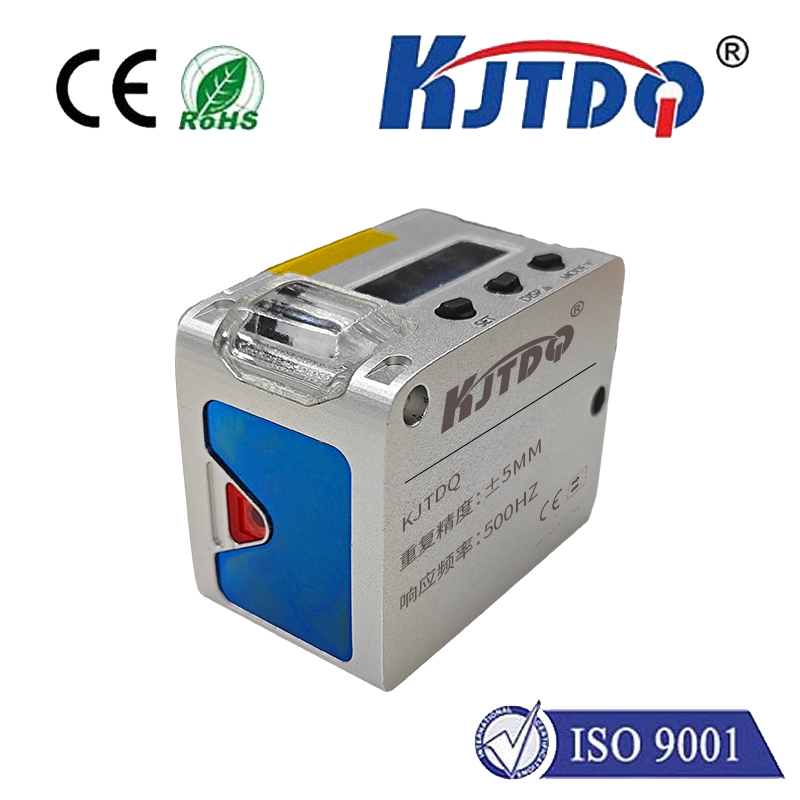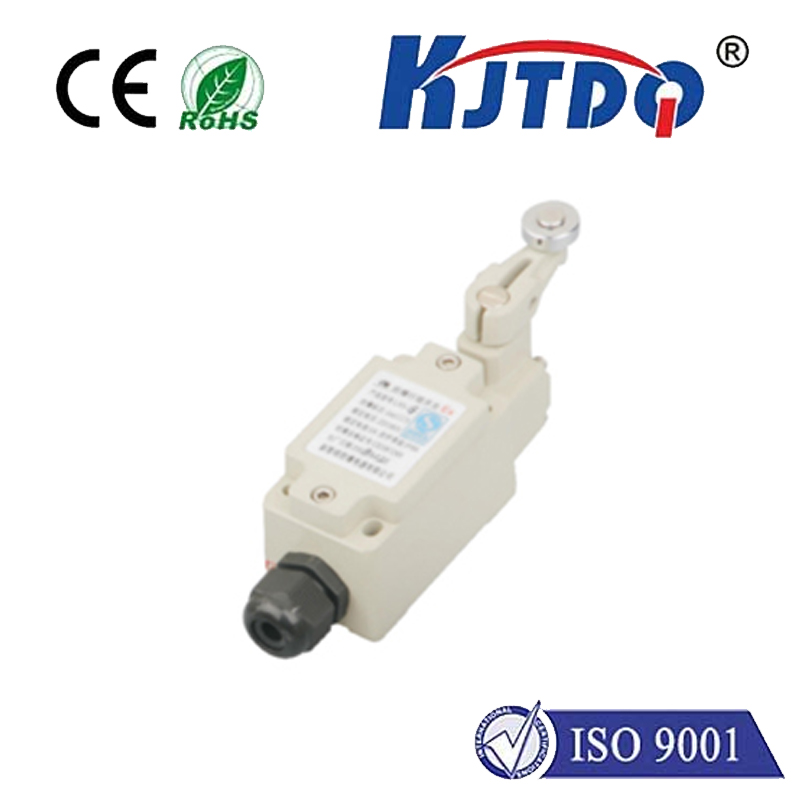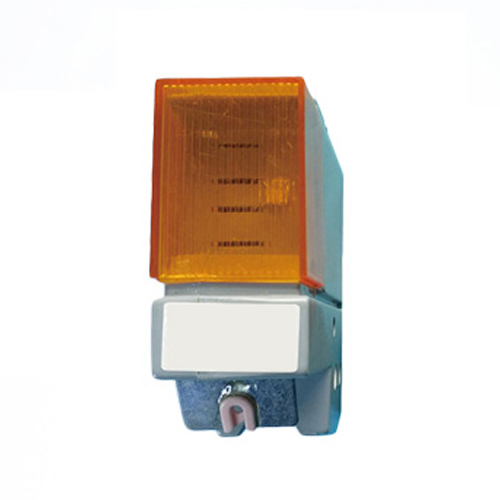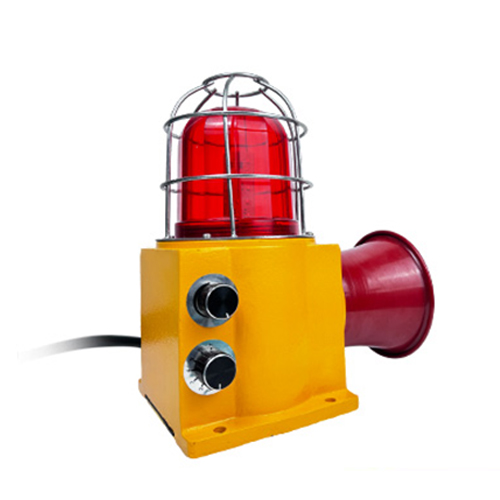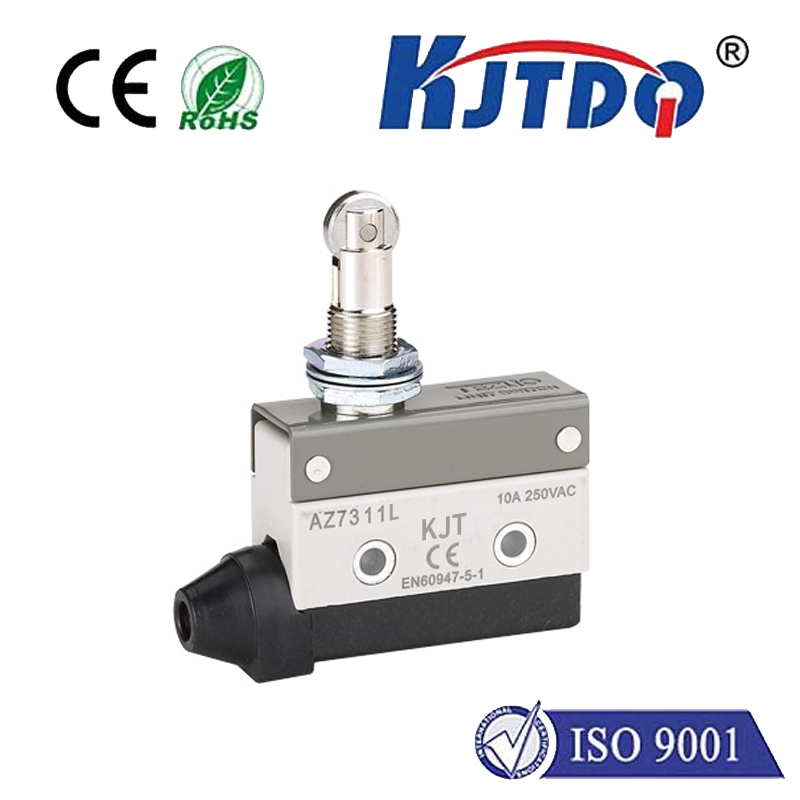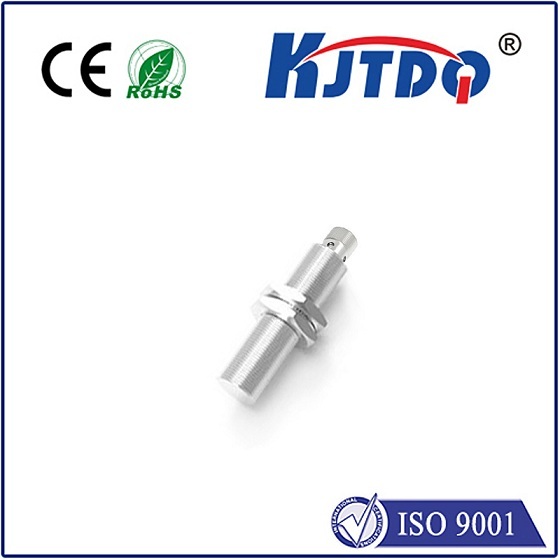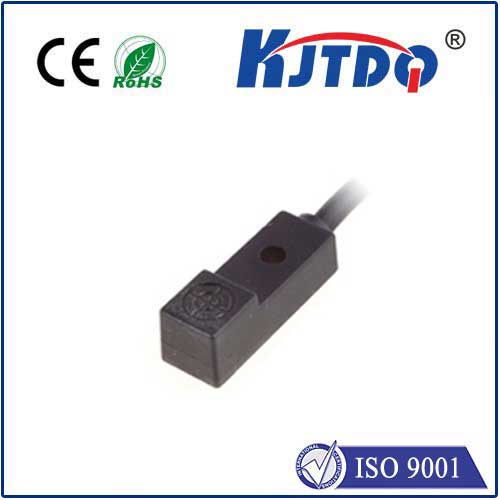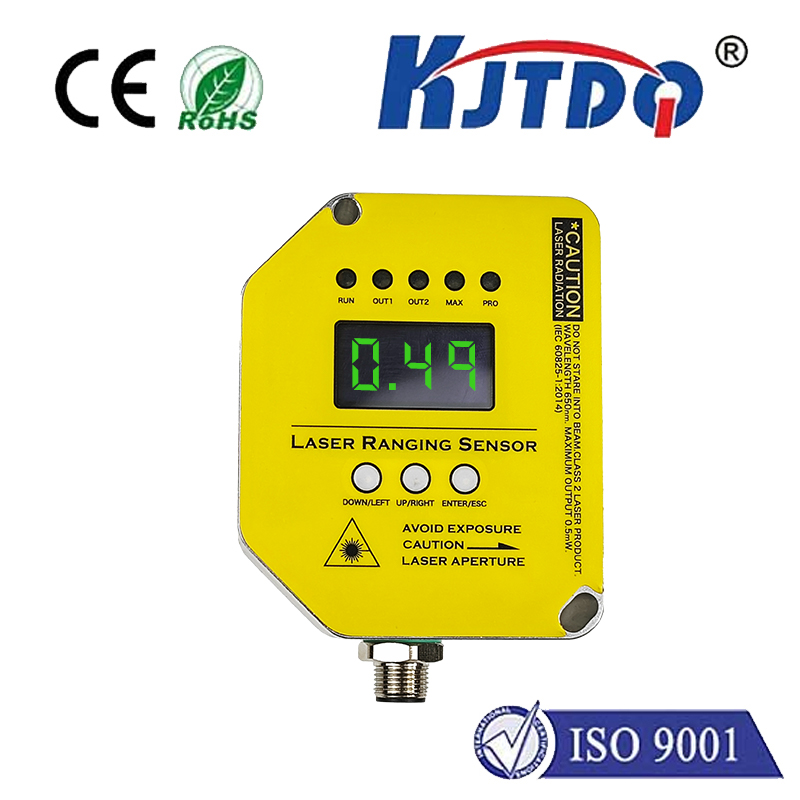

check

check

check

check

check

check

check

check

check

check

Digital Distance Sensor: A Revolution in Measurement Technology In the ever-evolving world of technology, digital distance sensors have emerged as a game-changer in the field of measurement. These advanced devices have transformed the way we measure distances, opening up new possibilities and applications across various industries. In this article, we will explore the working principle, advantages, and applications of digital distance sensors. A digital distance sensor is an electronic device that measures the distance between two points using digital signals. It works on the principle of triangulation, where it emits a beam of light or sound waves towards the object whose distance is to be measured. The sensor then calculates the distance based on the time taken for the emitted signal to bounce back and reach the receiver. This information is processed by a microcontroller, which converts it into digital signals that can be easily read and interpreted by users. One of the key advantages of digital distance sensors is their high level of accuracy. Unlike traditional measuring tools, which may require manual input and are prone to human error, digital distance sensors provide precise measurements with minimal margin for error. This makes them ideal for use in applications where accuracy is crucial, such as in construction, manufacturing, and engineering industries. Another advantage of digital distance sensors is their versatility. They can be used to measure distances in a wide range of units, including meters, centimeters, inches, and feet. This flexibility allows users to choose the unit that best suits their needs, making digital distance sensors suitable for a variety of applications. Additionally, they can be integrated into other systems and devices, such as robots and drones, enabling them to perform complex tasks with ease. Digital distance sensors have found widespread applications across various industries due to their accuracy, versatility, and ease of use. In the automotive industry, they are used in parking assist systems, collision detection systems, and adaptive cruise control systems. In the healthcare industry, they are used in medical imaging equipment and physical therapy devices. In the consumer electronics market, they are used in smartphones, tablets, and gaming consoles for gesture recognition and virtual reality experiences. In conclusion, digital distance sensors have revolutionized the way we measure distances, offering unparalleled accuracy, versatility, and ease of use. As technology continues to advance, we can expect to see even more innovative applications for these remarkable devices in the future.
